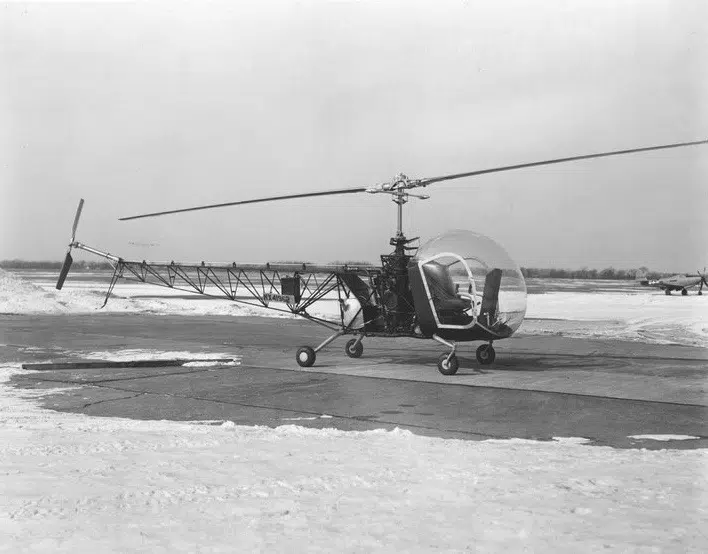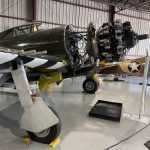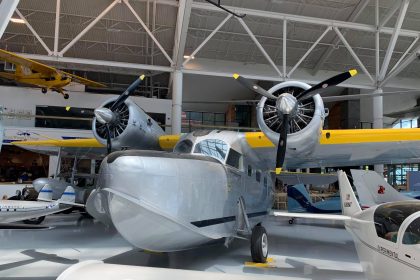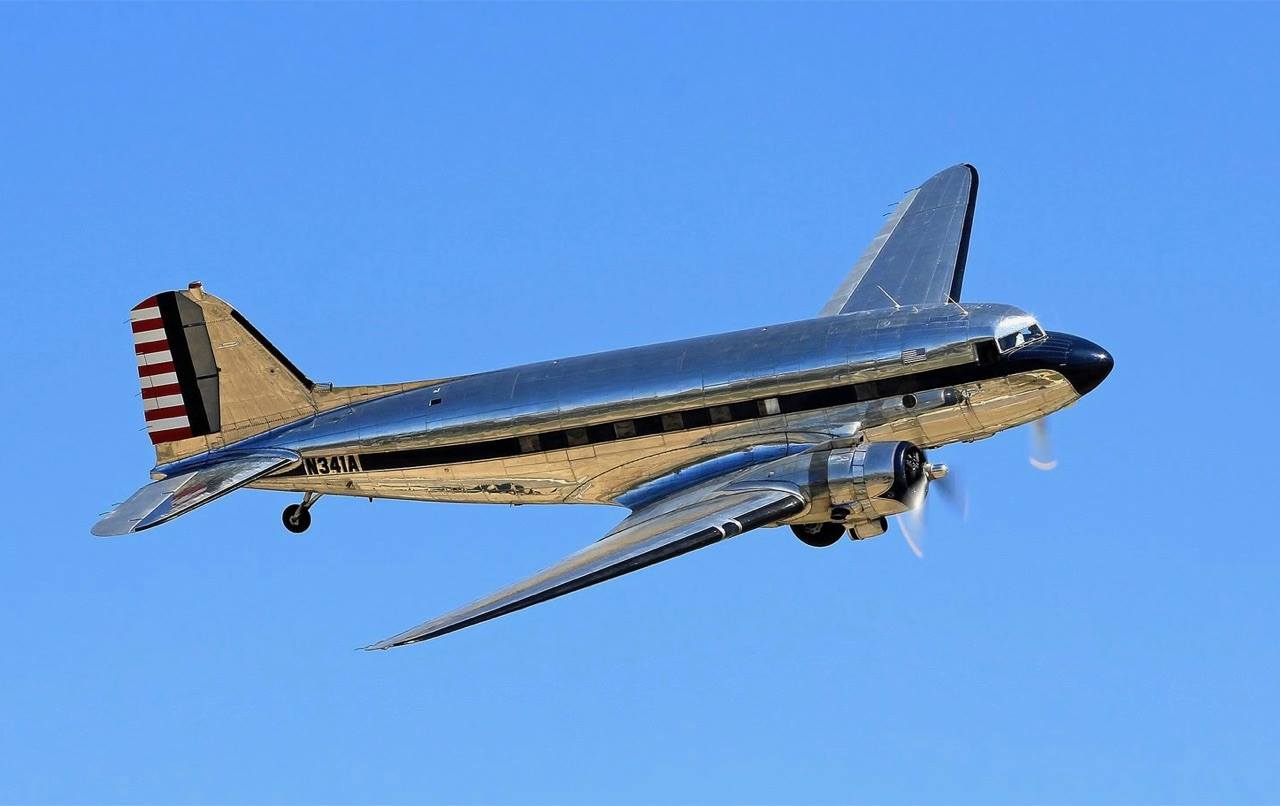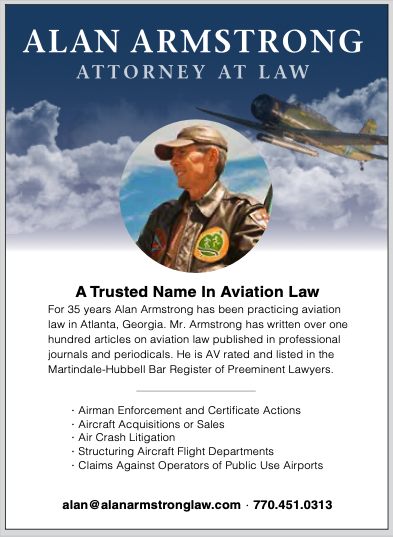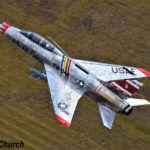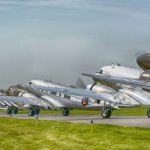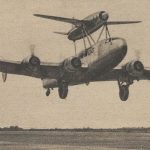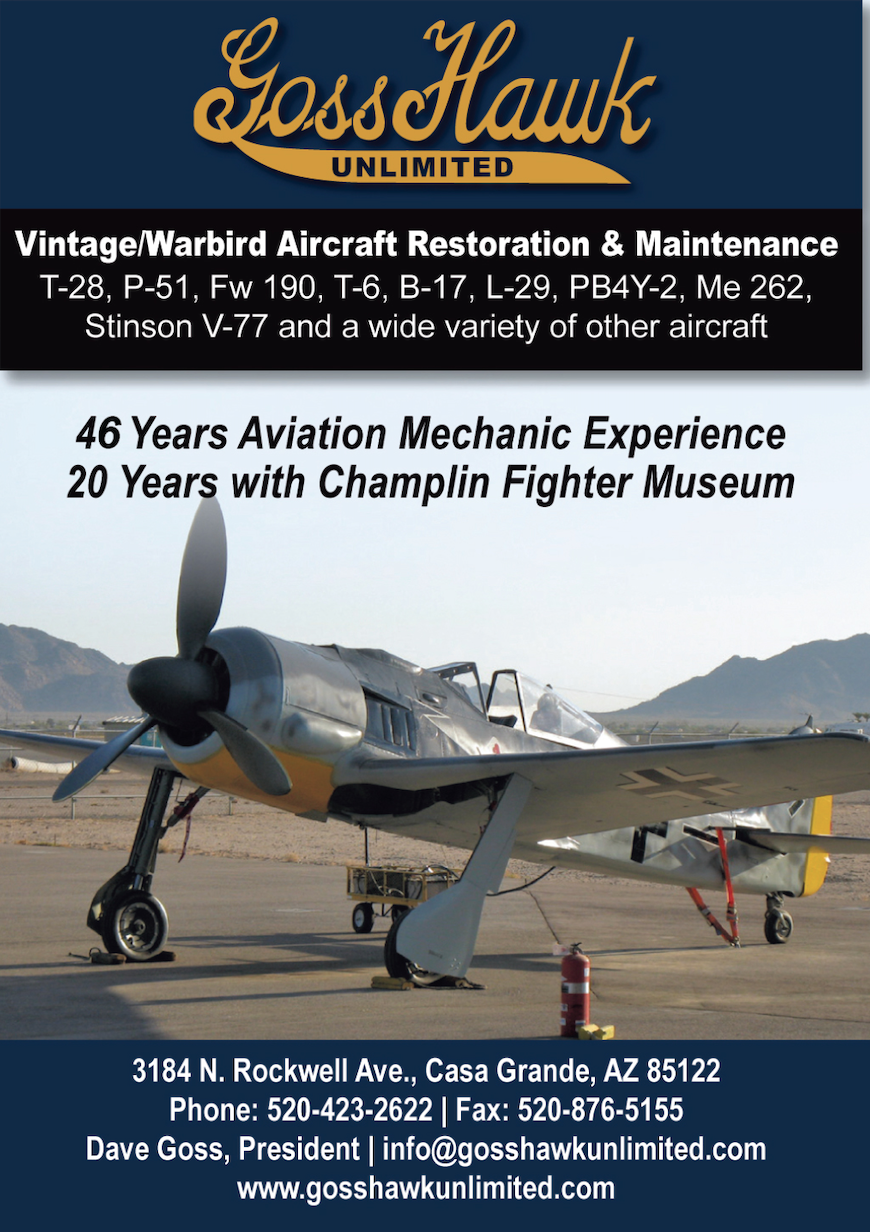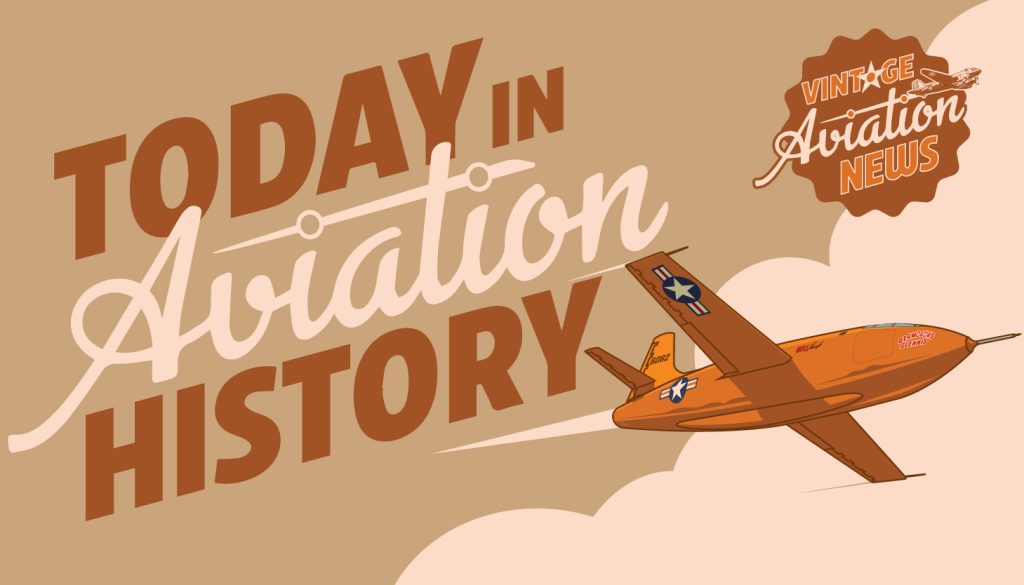
On this day in aviation history, April 3, 1946, the Bell Aircraft Corporation’s Model 47, registered as NC1H, became the first helicopter to receive commercial certification. The historic flight took place near Niagara Falls, New York, with company test pilots Edward F. Hensley and Gerald Arthur “Jay” Demming at the controls.
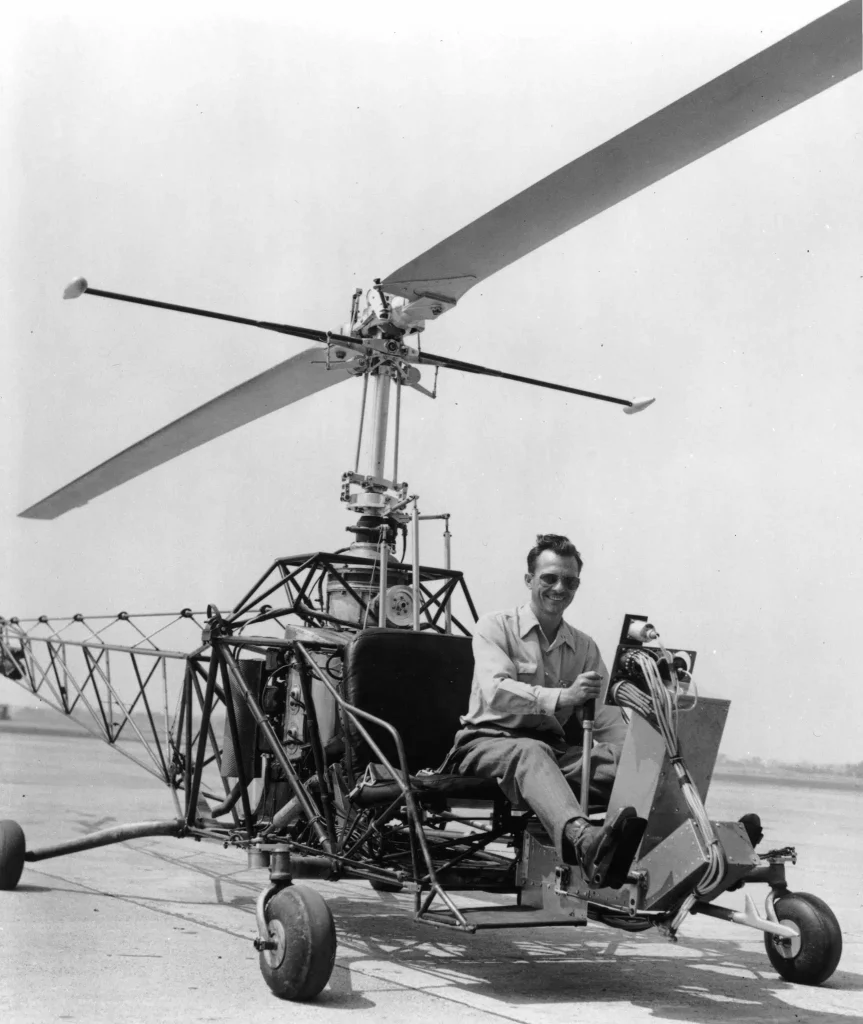
Demming, still learning to fly the Model 47 under Hensley’s instruction, faced a significant challenge. Early helicopters required pilots to manually synchronize engine RPM with both main rotor and tail rotor collective pitches—a complex and demanding task. It was akin to juggling chainsaws while hopping on one foot and reciting the alphabet backward. The first flight, however, did not conclude smoothly; from a height of 30 feet, the helicopter suffered a hard landing, pancaking into the ground. Fortunately, both pilots emerged unscathed, and the lessons learned from the incident helped refine the aircraft’s design and control systems.
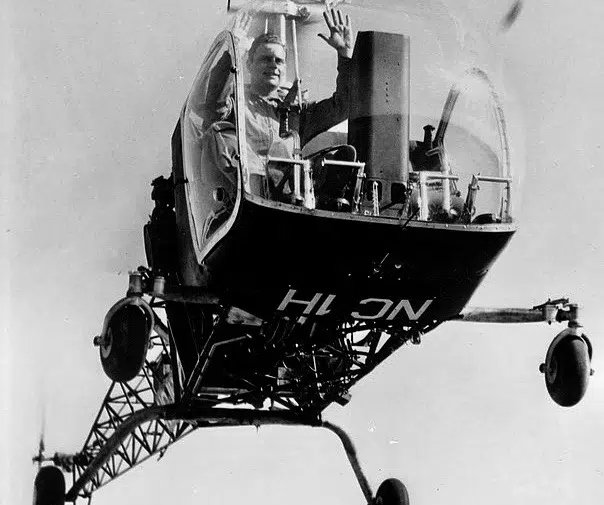
The Bell Model 47 would go on to revolutionize civilian helicopter operations. Designed for cargo transport, sightseeing, and general aviation use, it proved to be a reliable and versatile rotorcraft. Powered by a vertically mounted Lycoming TVO-435-F1A six-cylinder engine producing 280 horsepower, the Model 47 could accommodate a crew of one or two and carry either a single passenger or a payload of up to 1,057 pounds. It cruised at 84 miles per hour, with a maximum speed of 105 mph.
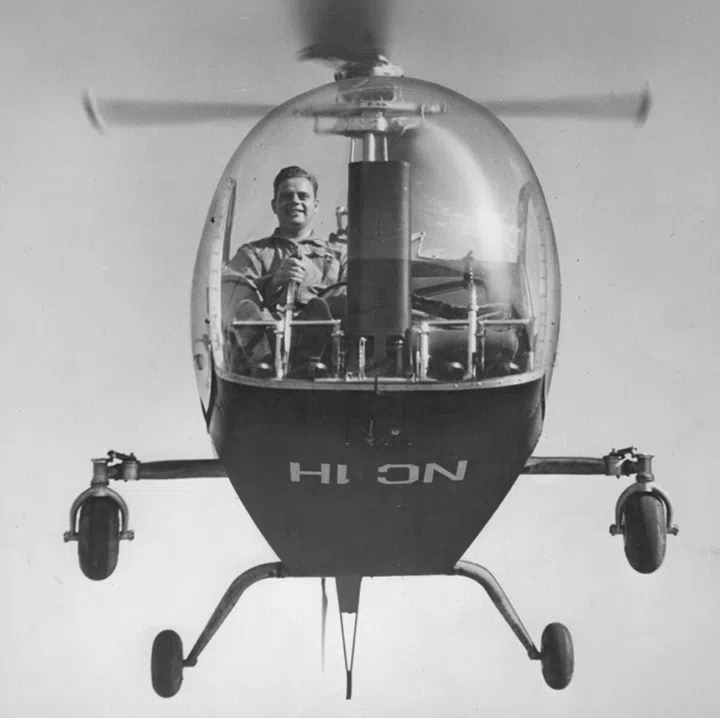
Today, approximately 1,000 Bell 47 helicopters are still flying worldwide, with almost 700 in the United States, despite the fact that Bell ceased manufacturing them in 1973. Many more examples are preserved in aviation museums, including NC-3H, which is proudly displayed at the Niagara Aerospace Museum—just a short distance from where the aircraft was originally built. As an icon of early rotorcraft innovation, the Bell 47’s legacy continues to inspire aviation enthusiasts and historians alike.








